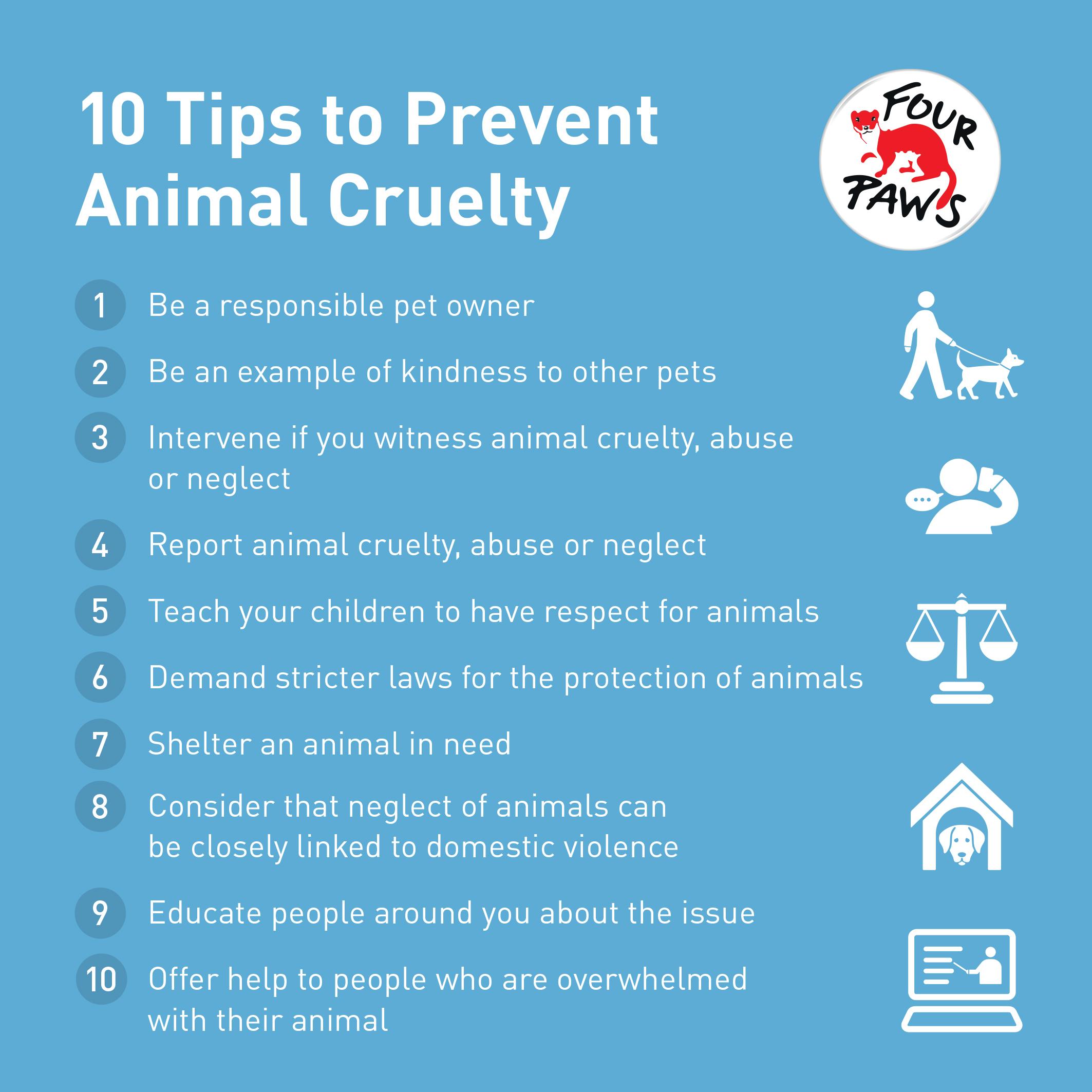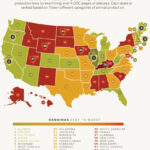Animal cruelty remains a pervasive issue in many communities across the globe. This sad reality can often leave individuals feeling powerless or overwhelmed. However, the truth is that anyone can play an integral role in preventing such egregious acts. From educating oneself about animal rights to engaging in local advocacy, there are numerous avenues for action. This article explores practical and meaningful ways to help combat animal cruelty within your community.
To begin with, education serves as a formidable weapon against ignorance. Often, people may be unaware of the signs of animal cruelty, such as neglect, abandonment, or signs of physical harm. This lack of knowledge can hinder early intervention. Establishing educational workshops or informational sessions in your community can provide residents with the knowledge needed to identify cruelty and the procedures to report it. Collaborating with local animal welfare organizations will enhance your impact, allowing for a greater reach and more resources.
Additionally, it is essential to foster a culture of empathy towards animals. Creating a dialogue around compassion and responsible pet ownership can shift community perceptions. Schools and educational institutions can be pivotal in this endeavor. Implementing programs that teach children about respect and care for animals can foster compassion at an early age, nurturing future generations that prioritize animal welfare. Connecting lessons in compassion to broader themes of environmental stewardship can further enhance the framework of understanding between humans and animals.
Volunteering is another impactful avenue for individuals eager to make a difference. Shelters and rescue organizations frequently need helping hands to care for abandoned or abused animals. Whether it involves cleaning facilities, fostering pets, or directly engaging with the animals, each effort contributes to their well-being. Volunteers play a crucial role in providing a semblance of normalcy and care for these animals, often making the difference between life and death for them.
Moreover, fostering animals temporarily can alleviate the strain on shelters. Many shelters operate at capacity, and fostering allows them to provide care for more animals while finding them permanent homes. This act of kindness, albeit small, resonates throughout the community as it highlights the importance of caring for those who cannot advocate for themselves. Encouraging friends and family to adopt or foster can initiate conversations about responsible pet ownership and the plight of homeless animals.
Beyond direct action, individuals can harness the power of social media and digital platforms to raise awareness. Social media channels possess the potential to disseminate information rapidly. Sharing stories of animals in need, promoting local rescue events, or advocating for tougher animal protection laws can mobilize public sentiment. Creative campaigns that incorporate visuals, such as compelling photographs or videos, can further captivate attention, stirring empathy and action where it might otherwise be lacking.
Civic engagement is paramount in the fight against animal cruelty. Understanding local legislation surrounding animal welfare can empower individuals to advocate for necessary reforms. Many jurisdictions have laws that protect animals, yet enforcement can be inconsistent. Attending city council meetings or engaging with representatives can amplify the community’s voice. Lobbying for stronger animal protection laws or stricter punishments for those who engage in cruelty fosters accountability and affirmatively changes the landscape of animal protection.
Promoting spaying and neutering is another critical aspect of reducing animal cruelty. Overpopulation leads to increased abandonment and neglect, setting the stage for an endless cycle of suffering. Organizing or partnering with organizations that offer low-cost spay and neuter services can significantly impact the number of homeless and unwanted animals. Educating pet owners about the importance of these procedures, as well as utilizing local veterinarians’ outreach capabilities, can open doors for more responsible pet ownership.
Furthermore, collaborating with local businesses adds an essential dimension to community efforts. Rescues and shelters can partner with pet-related businesses to create events such as adoption drives, fundraisers, or educational campaigns. These interactions promote goodwill and raise funds for shelter operations, while also highlighting the importance of supporting local initiatives that prioritize animal welfare. Businesses can also contribute by implementing policies that support humane treatment in their operations, thereby influencing customer perceptions and behaviors.
In conclusion, preventing animal cruelty within your community is neither an insurmountable challenge nor a solitary endeavor. By educating yourself and others, volunteering at local shelters, engaging with social media, advocating for stronger legislation, promoting responsible pet ownership, and collaborating with local businesses, each person can contribute significantly to this cause. The problem of animal cruelty can seem overwhelming, yet collective efforts, however small, can result in meaningful change. Every thoughtful action fosters a culture of compassion and respect toward animals, ensuring that their voices are heard, and their lives are valued. Together, an empowered community can dismantle the structures that allow cruelty to persist. The heart of activism lies in the belief that a kinder world is possible, one where all beings thrive, free from suffering.








